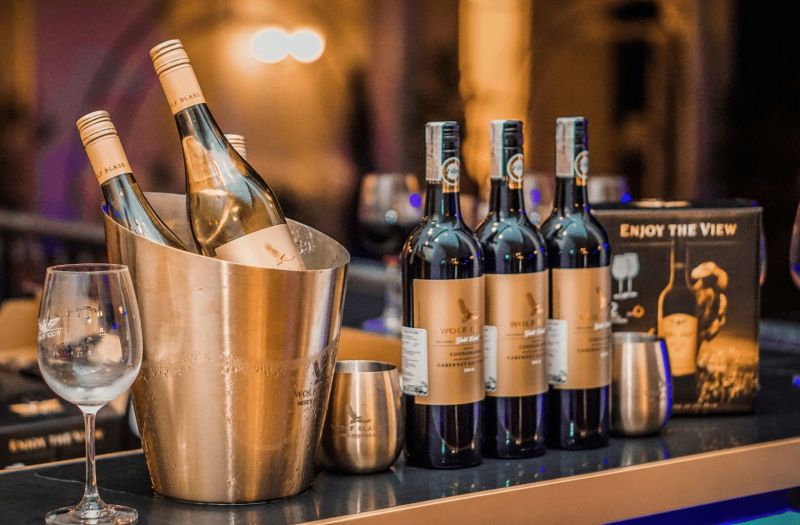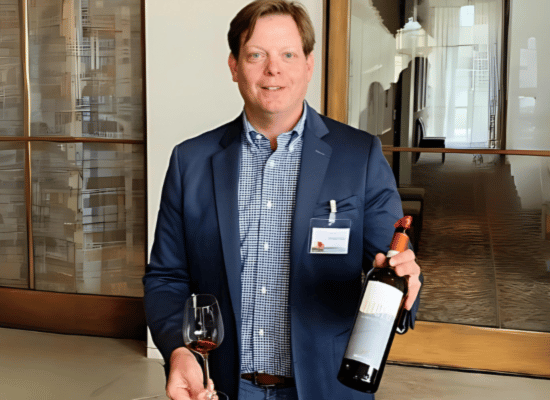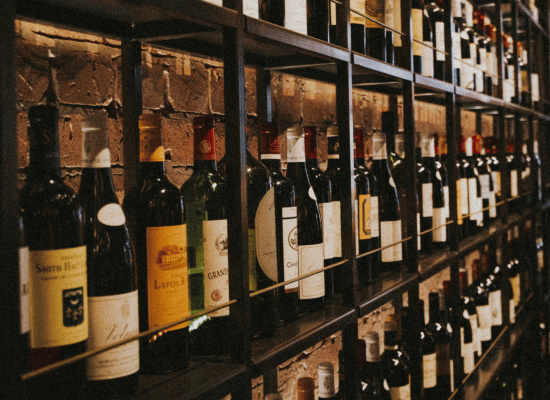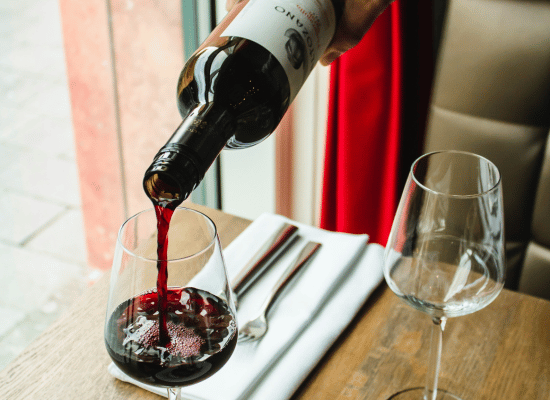Educating Sommeliers Worldwide.
By Beverage Trade Network

The conceptualization of the wine program underscores the imperative need for cohesion within the restaurant concept. Sommeliers Choice Awards judge, Scott underscores the significance of alignment among owners, chefs, and beverage professionals, emphasizing that the fusion of decor, menu, and wine offerings should seamlessly harmonize. Whether orchestrating a casual, high-volume eatery or an upscale fine dining establishment, the interconnected elements should resonate cohesively.
Central to Scott's recommendations is the appointment of a dedicated beverage professional—a parallel to the executive chef. This individual, well-versed in the standards and intricacies of the wine industry, becomes the linchpin in ensuring the restaurant's uniqueness, maximizing opportunities, and fortifying profitability.

Image source: Scott Barber
In the world of hospitality, creating a successful restaurant involves more than just exceptional cuisine—it requires a carefully curated beverage program. Master Sommelier Scott Barber, renowned for his expertise in the world of wine, recently shared valuable insights on building a profitable wine program for restaurants. From the initial concept to the day of launch, here's a breakdown of the key elements that contribute to a thriving wine program.
Scott emphasizes the importance of cohesion in the restaurant concept. Before launching, it's crucial for the owners, chefs, and beverage professionals to align on the vision. Whether it's a casual high-volume eatery or a fine dining establishment, the decor, menu, and wine offerings should seamlessly complement each other.
A standout recommendation from Scott is to have a dedicated individual overseeing the beverage program. Drawing a parallel between the beverage director and executive chef, he stresses that the beverage program is integral to the restaurant's uniqueness. Having someone who understands the standards and intricacies of the wine industry is vital for maximizing opportunities and profitability.

Image source: Unsplash
Scott advises against launching until the restaurant is fully prepared. Once ready, training becomes a focal point, ensuring that the concept, service, and menu naturally align. The level of service, menu design, and wine markup should all reflect the chosen concept, creating a seamless experience for patrons.
The by-the-glass program plays a pivotal role in a restaurant's profitability. Scott suggests striking a balance between familiar and discovery wines. By featuring core varieties that patrons expect alongside some exciting new options, restaurants can cater to a broad range of preferences. Tearing the pricing structure and having a mix of reds, whites, rosés, and sparkling wines contribute to a well-rounded by-the-glass program.

Image source: Unsplash
When it comes to the complete wine menu, Scott advocates for diversity. Including a mix of familiar and new, exciting wines ensures that patrons can explore while also finding comfort in their favorites. A comprehensive selection of whites, reds, rosés, and sparkling options offers versatility, catering to different tastes and occasions.
Key Discussion Points:
1. Crafting a Winning Wine Program: Scott unveils the elements that constitute a stellar wine program and shares insights into curating an exceptional BTG (By The Glass) selection.
2. Beyond Wines: Explore the profitability of beverages beyond wines, delving into the broader beverage category landscape.
3. Pricing Strategies: Scott breaks down the optimal pricing and markups, offering a strategic perspective on maximizing profitability.
4. Data-Driven Sales: Gain valuable insights into leveraging beverage sales data for informed decision-making.
5. Inventory Mastery: Unlock the secrets of effective inventory management for a seamless and profitable operation.
6. Menu Magic: Understand the art and science of menu design to enhance customer experience and drive sales.
7. Supplier Relationships: Scott shares his take on cultivating strong and mutually beneficial relationships with suppliers.
Conclusion:
Crafting a profitable wine program for a restaurant involves meticulous planning and alignment of various elements. Scott Barber's insights provide a roadmap for restaurant owners and beverage professionals looking to elevate their establishments. By focusing on concept, dedicated expertise, intentional launches, and well-structured wine programs, restaurants can create memorable experiences for their patrons while maximizing profitability.
[[relatedPurchasesItems-61]]